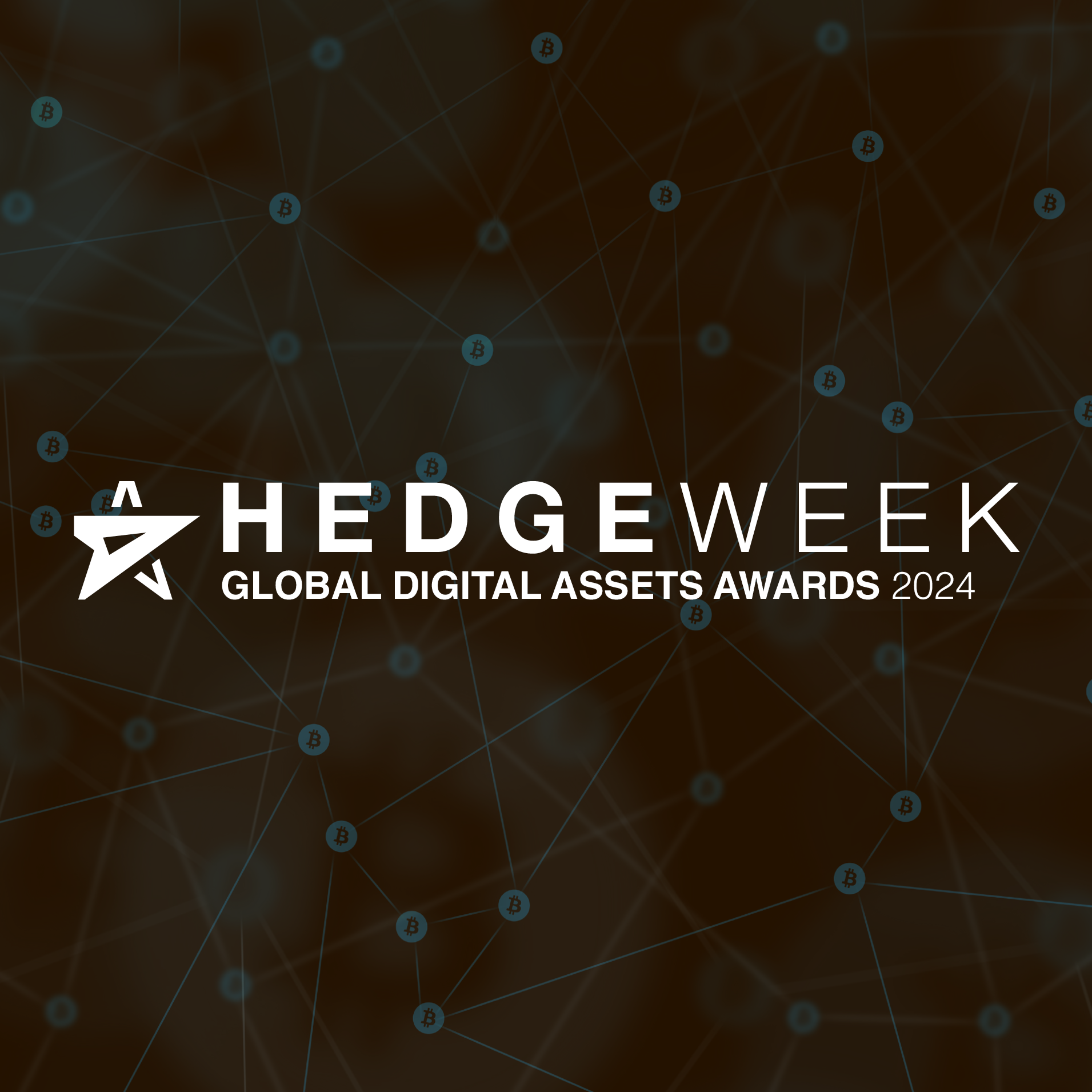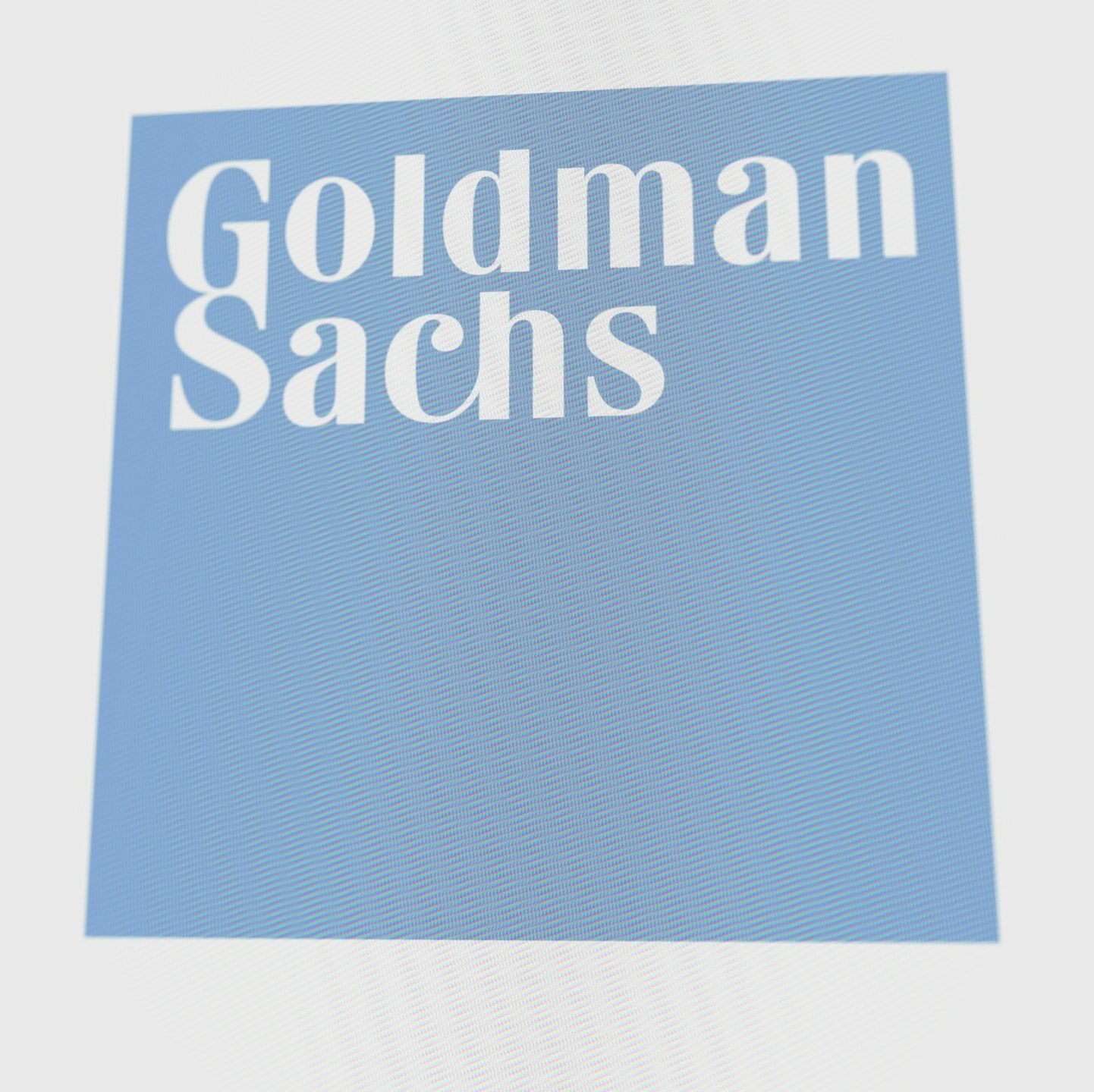New hedge fund launches surged while liquidations remained steady to begin 2024 with industry assets hitting a record level of $4.3tn as fund managers positioned for growing geopolitical risk, according to the latest HFR Market Microstructure Report.
The estimated number of new hedge fund launches in the first quarter of 2024 surged to 146, an increase of 70% from the prior quarter and the highest level seen since Q1 2022. The strong start to 2024 follows a steady growth year in 2023 when an estimated 438 new funds launched.
The number of hedge fund liquidations remained steady to begin 2024, with an estimated 106 funds closing during the quarter, on par with the prior quarter estimate of 104 liquidations. For the full year 2023, an estimated 415 funds liquidated, the lowest level of liquidations since 2004.
Launches were led by equity hedge funds in Q1 2024, with an estimated 75 new funds opening its doors, representing more than half of the Q1 launches. Equity hedge funds continue to expand with technology-concentrated equity markets reaching record levels, though with much of the gains narrowly concentrated in large cap equities.
The HFRI Asset Weighted Composite Index® (AWC) gained +5.7% YTD through May, while the HFRI Fund Weighted Composite advanced +5.2%, as large funds outperformed small and mid-sized firms. Macro leads YTD strategy performance through May with additional strong contributions from equity hedge. The HFRI Macro (Total) Index jumped +6.9% over the first five months of the year, while the HFRI Macro (Asset Weighted) Index surged +7.8%.
Macro gains were led by quantitative, trend-following CTA strategies, with the HFRI Macro: Systematic Diversified Index surging +9.5% YTD through May. The HFRI Equity Hedge (Total) Index advanced +6.0% over the first five months of the year, while EH sub-strategies were led by the HFRI EH: Quantitative Directional Index, which gained +8.8% YTD through May, and the HFRI EH: Energy/Basic Materials Index, which advanced +7.9%.
The performance dispersion of the HFRI Fund Weighted Composite Index® (FWC) decreased slightly in Q1 2024 from the prior quarter, as the top decile of index constituents returned an average of +19.4%, while the bottom decile declined by an average of -5.8%, representing a top/bottom decile dispersion of 25.2%, compared to a top/bottom dispersion of 29.5% in Q4 2023. In the trailing 12 months ending March 2024, the top decile of FWC constituents returned an average of +43.3%, while the bottom decile declined by an average of -11.9%, representing a top/bottom decile dispersion of 55.2%.
Hedge fund fees fell to new historic lows to begin 2024, as managers continued to position for capital growth and inflows from institutional investors throughout 2024. The average industry-wide management fee was unchanged from the prior quarter at an estimated 1.35%, while the average incentive fee fell to at an estimated 15.96%. For funds that launched in 1Q24, the average management fee fell an estimated 1.17%, while the average incentive fee fell to an estimated 17.17%.
“Geopolitical risk and inflation are likely to define 2024, accelerating trends from 2023 with hedge fund performance and growth trends reflecting expanding interest from institutional investors looking for specialised exposure to these trends with important capital preservation,” said Kenneth J Heinz, President of HFR. “Managers continued to position for ongoing geopolitical risk driven by ongoing European elections and upcoming US elections, anticipating significant policy shifts and trade impacts, though these risks also include ongoing and potential new military conflicts, with these risks likely to increase throughout 2024. The powerful combination of strong performance, specialised exposures, and capital preservation are likely to drive industry growth throughout 2024.”








